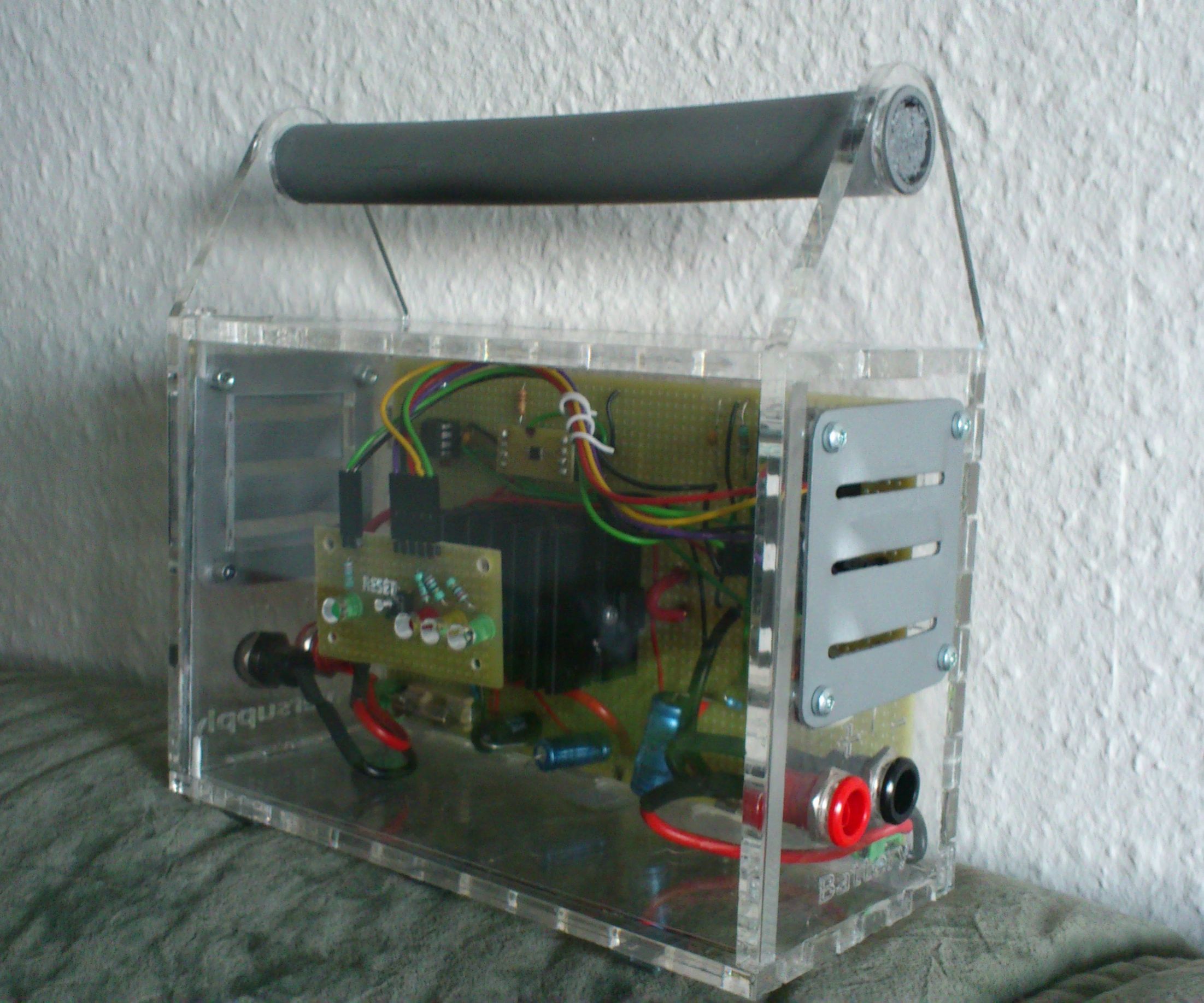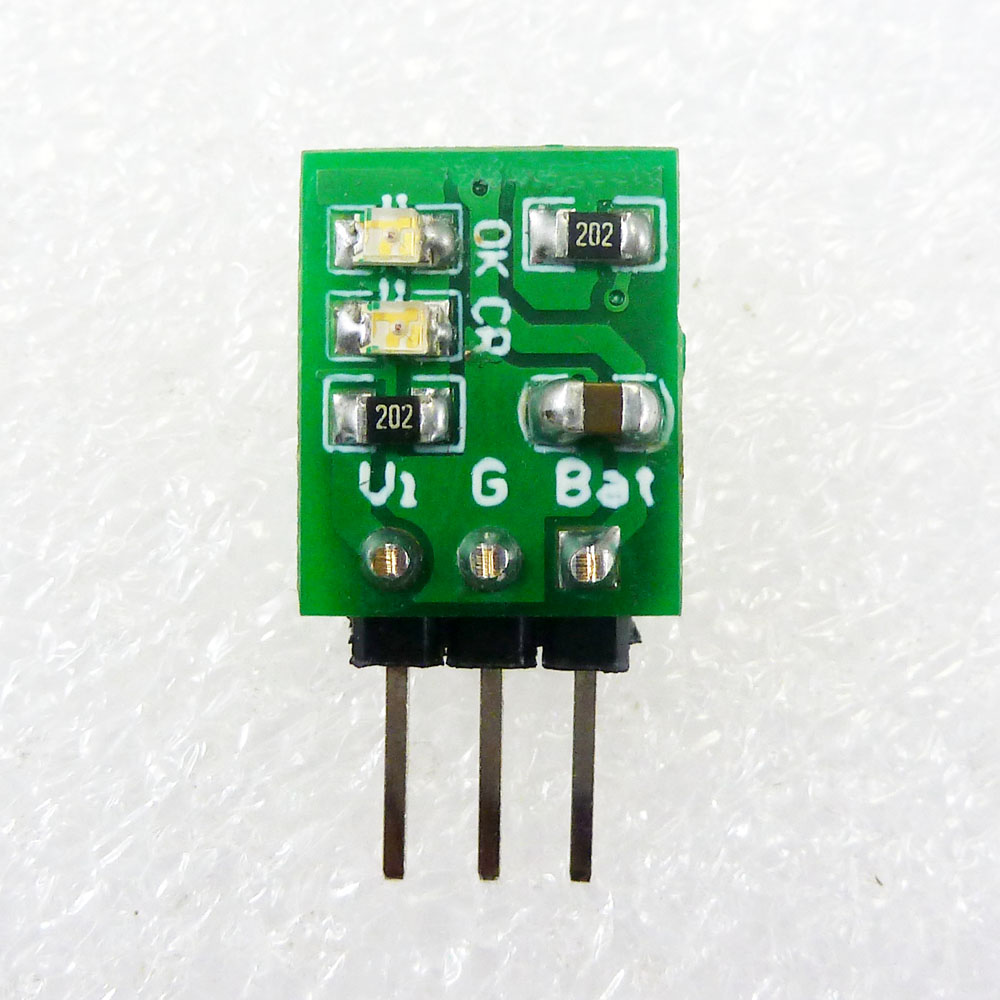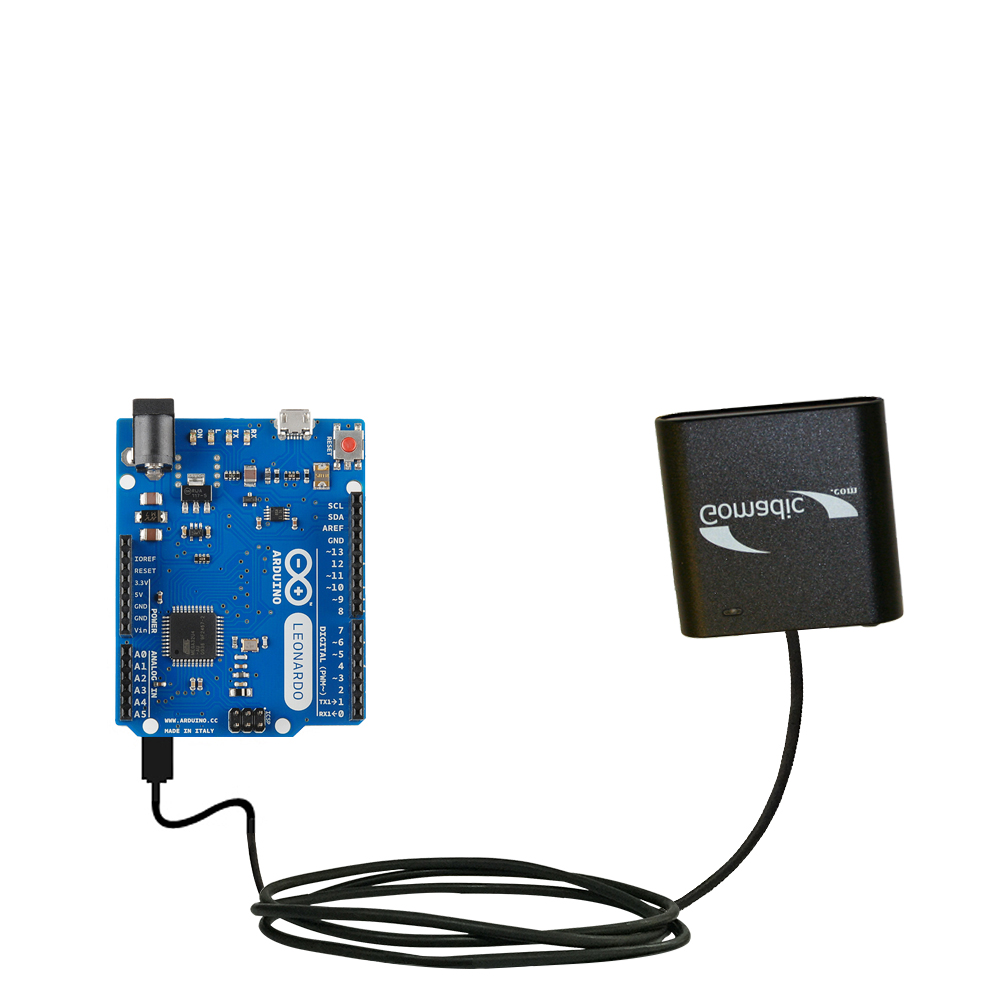
In this mode we don’t have constant current anymore but constant voltage.

When we reach a certain voltage, we then pass to the B. In this mode the battery would charge up to about 80%. bulk mode at a constant current set by the battery manufacturer. When the battery is discharged, we first stary in the A. This type of batteries require 3 stages of charging. enable or disable the load when the battery is undervoltage and also 4. Protect both the battery and the solar panel of overcurrent, 3. Hence, refer battery manual before charging.The MPPT controller is in charge of: 1. This value is dependent on the lead-acid battery manufacturer.

Reverse polarity of the battery may damage the circuit.Ĭharging voltage is set to 14.2V. Maintain proper polarity of the battery while connecting for charging. Connect a battery that needs to be charged (12V battery) at BATT.1, as shown in the circuit. Remove shorting jumper SJ1 and the multimeter. Switch on AC mains power and adjust VR1 till the multimeter reads 14.2V DC. Once the circuit is ready and Arduino sketch is written to the board through USB port, connect shorting jumper SJ1 and a multimeter in place of the battery for calibration. 3.Īssemble the circuit on the designed PCB. Construction and testingĪn actual-size PCB layout of the Arduino-controlled 12V automatic battery charger is shown in Fig. Upload the sketch to the internal memory of the microcontroller. Select the correct board from ToolsBoard menu in Arduino IDE. ATmega328P on Arduino Uno board comes with a pre-programmed bootloader that allows you to upload a new code to it without using an external hardware programmer.Ĭonnect Arduino to the PC and select the correct COM port in Arduino IDE. Arduino IDE is used to compile and upload the program. The software program (batterycharger.ino) is written in Arduino programming language. It displays voltage and status of the battery (assuming that battery is not dead). Arduino gets power from the connected battery. To know the status of the battery when 230V AC mains power is off, press and hold test switch S1 for some time.

Charging voltage is controlled by two BC547 transistors (T1 and T2), whose bases are connected to Arduino board pins 8 and 9. Once it is fully charged (above 13V), LM338 supplies about 13.3V to the battery, and maintains the charge at this level. LM338 supplies 14.2V to the battery till it is fully charged. The charger/charging type and status is displayed on the second line on LCD1.

While charging the battery, its voltage is displayed on the left-top corner of LCD1. DC voltage thus available is split into two: one for charging the 12V battery (BATT.1) through IC1 and the other for power supply to Arduino (Board1) through IC2. When AC mains power is on, step-down transformer X1 generates about 15V AC and converts it to above 18V DC after rectification and filtering.


 0 kommentar(er)
0 kommentar(er)
